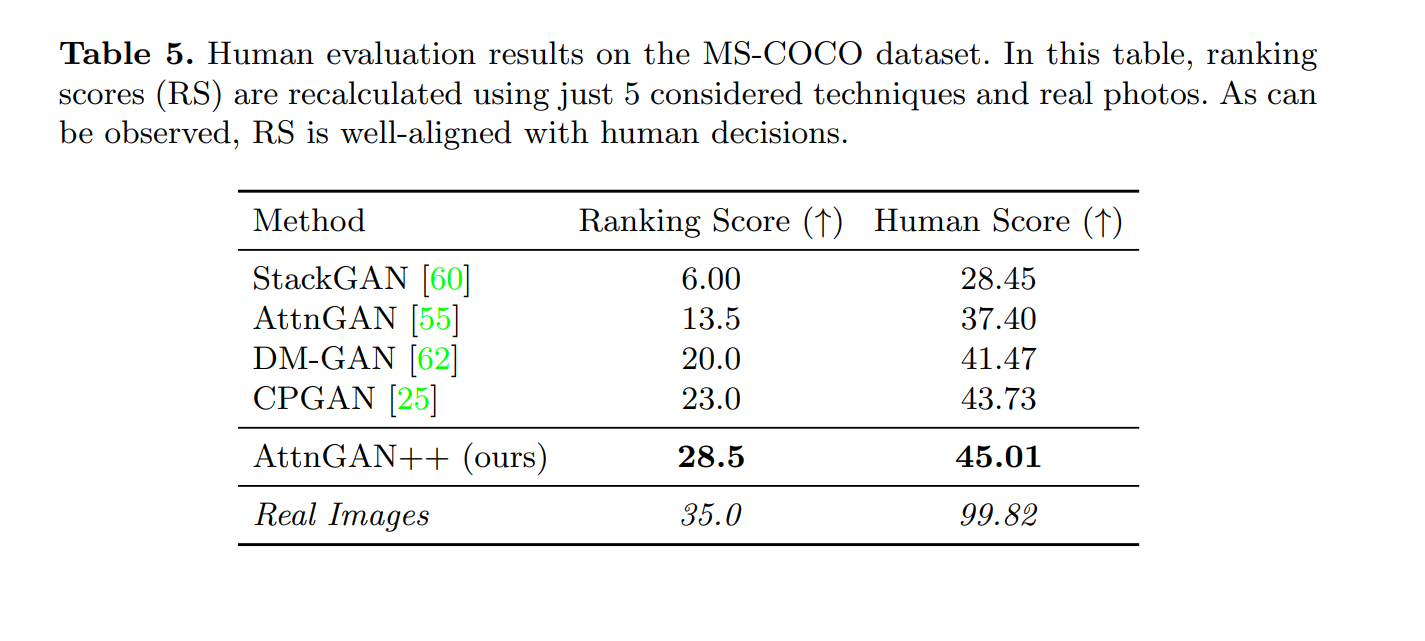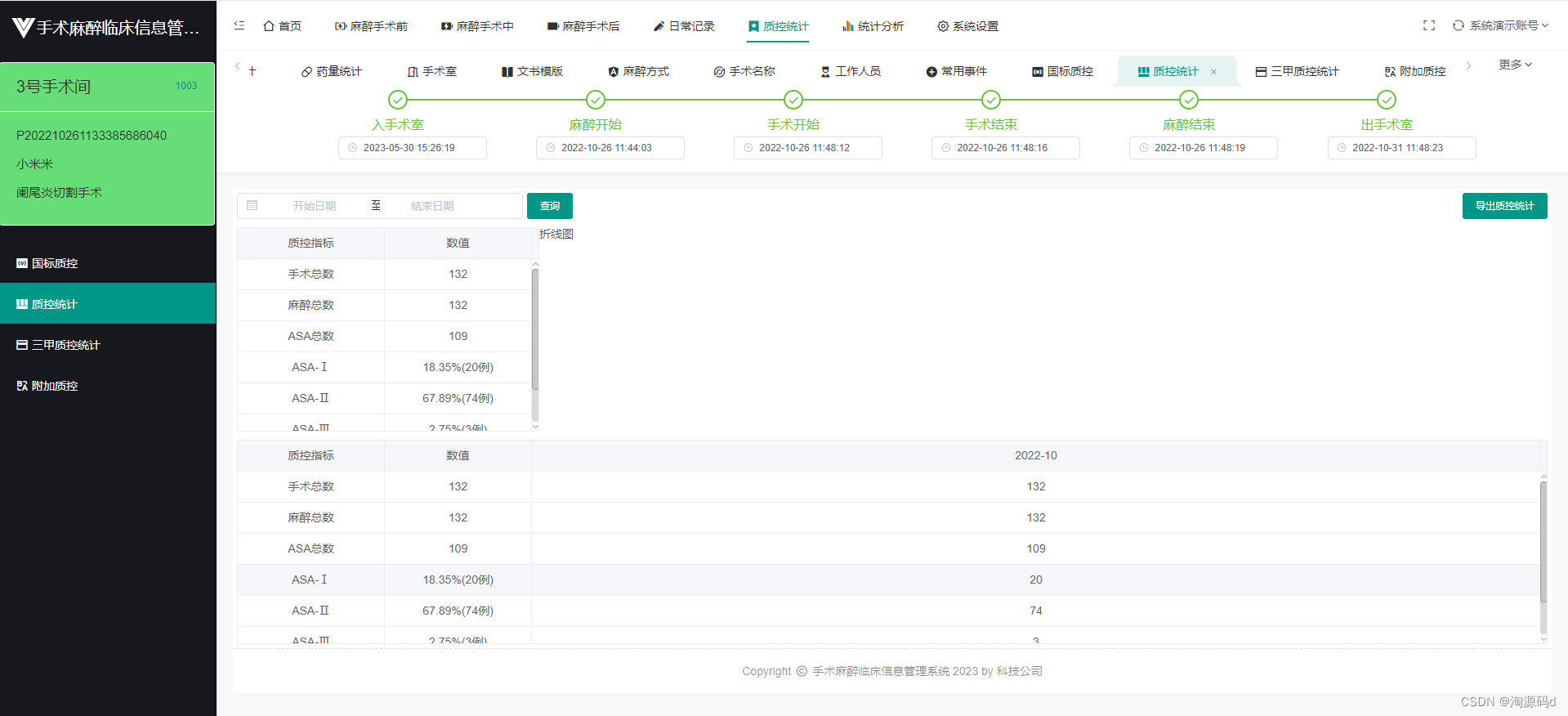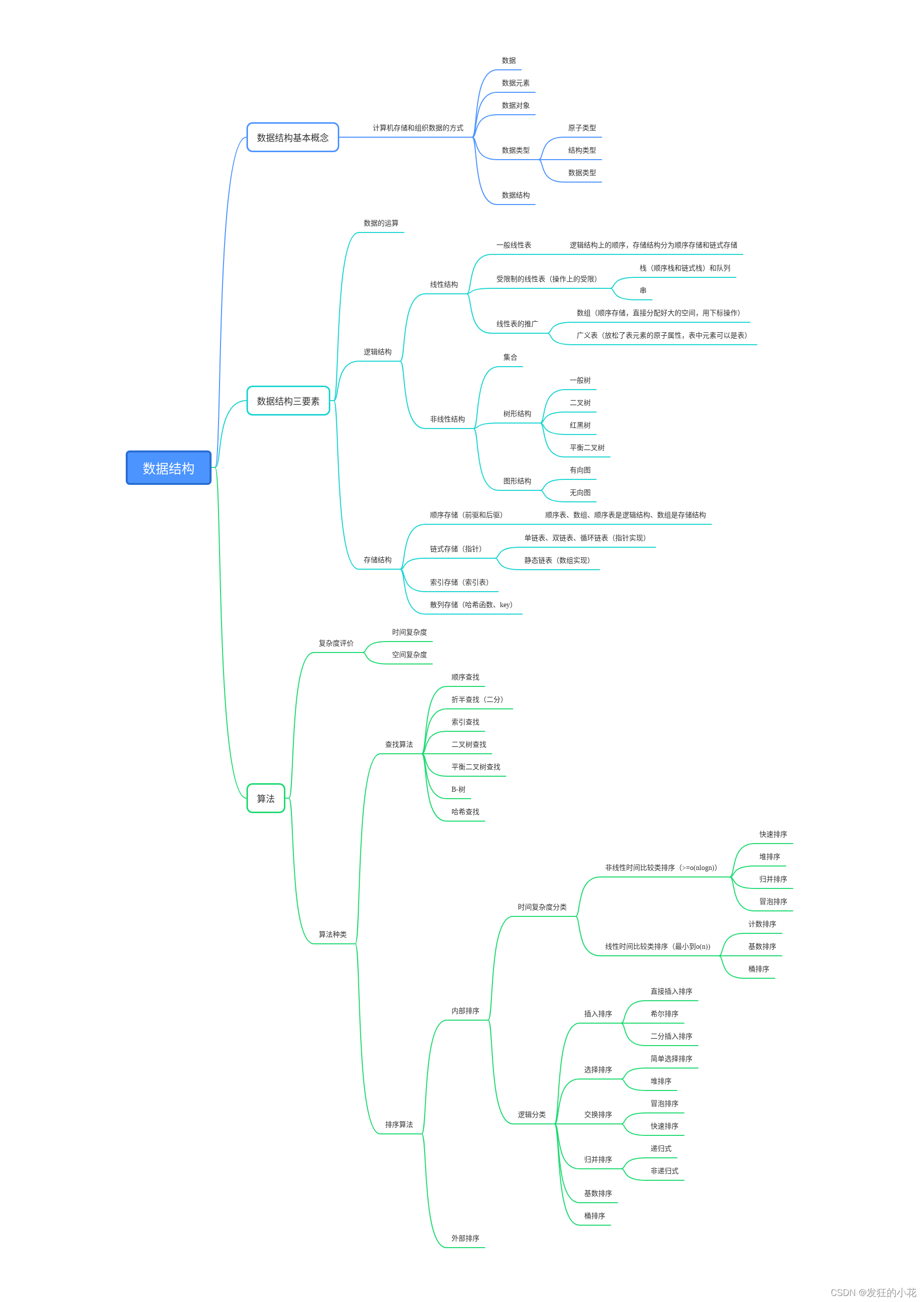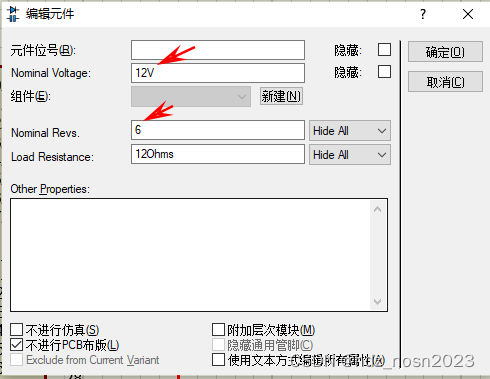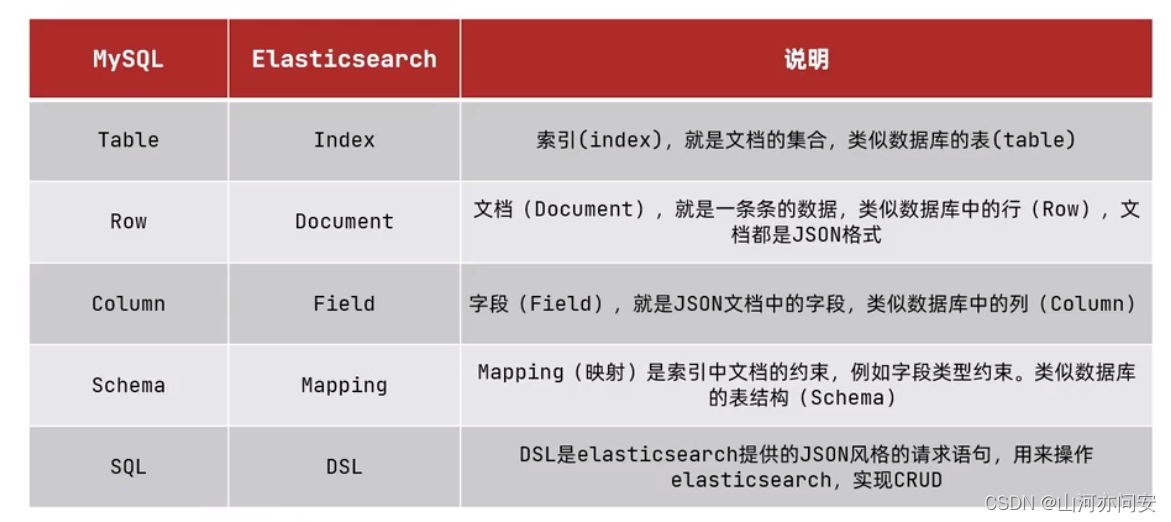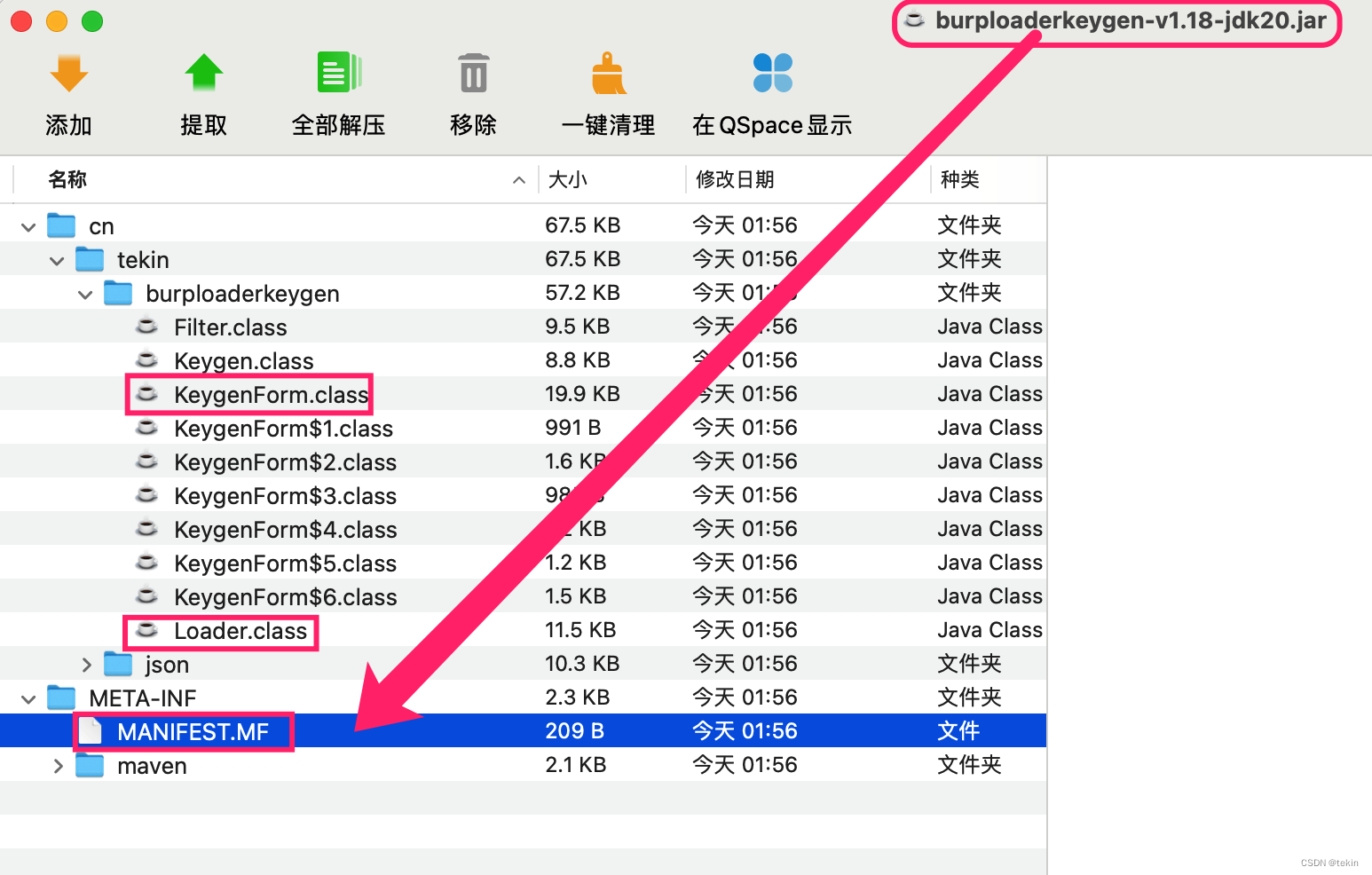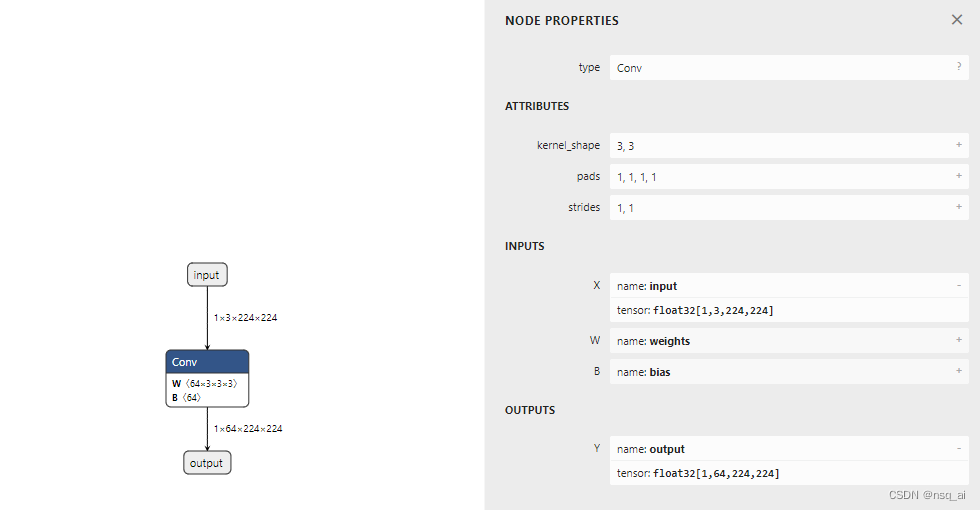1 问题定义
二次分配问题(Quadratic Assignment Problem,QAP)是一种组合优化问题,涉及确定将设施分配到位置的最优方案。它的目标是找到最佳分配,以最小化设施对之间的总成本或距离,考虑到它们之间的相互作用以及对应位置之间的距离。
-
定义:
- 设施集合:设施集合表示为F = {f1, f2, ..., fn},其中每个设施fi代表一个具体的设施。
- 位置集合:位置集合表示为L = {l1, l2, ..., ln},其中每个位置lj代表一个具体的位置。
- 设施之间的流量:表示为Flow矩阵F,其中F(i, j)表示将设施fi分配到位置lj时,流量的大小。
- 位置之间的距离:表示为Distance矩阵D,其中D(i, j)表示将设施fi分配到位置lj时,位置之间的距离。
-
目标函数:
- 目标是将设施分配到位置,以最小化总成本或距离。通常采用以下形式的目标函数:
min ΣΣ F(i, k) * D(j, l) * X(i, j) * X(k, l)
其中,X(i, j)是二进制变量,表示设施fi是否分配到位置lj。
- 目标是将设施分配到位置,以最小化总成本或距离。通常采用以下形式的目标函数:
-
约束条件:
- 设施分配约束:每个设施只能分配到一个位置。
Σ X(i, j) = 1,对于所有的i∈F - 位置分配约束:每个位置只能分配一个设施。
Σ X(i, j) = 1,对于所有的j∈L
- 设施分配约束:每个设施只能分配到一个位置。
2 读取文件
#ifndef INPUT_H
#define INPUT_H
#include <string>
#include <vector>
class Input
{
public:
Input(const std::string& filename);
/// <summary>
/// 读取文件内容
/// </summary>
void read();
/// <summary>
/// 返回文件名
/// </summary>
/// <returns></returns>
std::string getFilename() const;
/// <summary>
/// 数据的大小
/// </summary>
/// <returns></returns>
int getDimension() const;
/// <summary>
/// 返回距离矩阵
/// </summary>
/// <returns></returns>
std::vector< std::vector<int> > getDistances() const;
/// <summary>
/// 返回位置矩阵
/// </summary>
/// <returns></returns>
std::vector< std::vector<int> > getFlow() const;
private:
//文件名
std::string filename_;
//维度
int dimension_;
//距离矩阵
std::vector< std::vector<int> > distances_;
//位置矩阵
std::vector< std::vector<int> > flow_;
};
#endif
3 解决方案的父类设计
#ifndef QAP_SOLVER_H
#define QAP_SOLVER_H
#include <vector>
#include <algorithm>
class QAPSolver {
public:
QAPSolver(const std::vector<std::vector<int>>& flowMatrix_, const std::vector<std::vector<int>>& distanceMatrix_);
virtual ~QAPSolver() {}
// 解决QAP的纯虚函数
virtual void execut() = 0;
// 获取解决后的最优排列
virtual std::vector<int> getBestSolution() const;
// 获取解决后的目标函数值
virtual int getCost() const;
// 计算成本
int claculCost(std::vector<int>& solution);
protected:
//解决方案
std::vector<int> bestSolution;
//成本
int cost;
// 大小
int size;
//距离矩阵
std::vector< std::vector<int> > distanceMatrix;
//位置矩阵
std::vector< std::vector<int> > flowMatrix;
};
#endif // !QAP_SOLVER_H
3 贪心算法
贪心算法的思想是基于局部最优选择来构建整体最优解。具体来说,在解决QAP的贪心算法中,我们按照一定的规则选择变量的排列顺序,以使得每次选择都是当前局部最优的。贪心算法的每一步都基于当前最佳选择,而不考虑整体的最优解。
在解决QAP的贪心算法中,我们首先生成一个初始的排列,然后根据特定的规则,逐个选择未安排的变量并插入到已安排的变量中,以便最小化目标函数的值。在每次选择时,我们计算当前变量与已安排变量之间的成本,并选择使成本最低的变量进行插入。
#ifndef GREEDY_H
#define GREEDY_H
#include "QAPSolver.h"
class greedy : public QAPSolver
{
public:
greedy(const std::vector<std::vector<int>>& flowMatrix_, const std::vector<std::vector<int>>& distanceMatrix_) : QAPSolver(flowMatrix_, distanceMatrix_) {};
void execut() override;
};
#endif // !GREEDY_H
#include "greedy.h"
void greedy::execut()
{
//初始化排列
std::vector<int> permutation(size);
for (int i = 0; i < size; ++i) {
permutation[i] = i;
}
std::sort(permutation.begin(), permutation.end(), [&](int a, int b) {
int aSum = 0, bSum = 0;
for (int j = 0; j < size; ++j) {
aSum += flowMatrix[a][j] * distanceMatrix[permutation[j]][permutation[a]];
bSum += flowMatrix[b][j] * distanceMatrix[permutation[j]][permutation[b]];
}
return aSum < bSum;
});
bestSolution = permutation;
}
4 运行结果
#include <iostream>
#include <memory>
#include "Input.h"
#include "greedy.h"
using namespace std;
int main(int argc, char* argv[])
{
string filename = "";
Input input(filename);
unique_ptr<QAPSolver> pGreedy = make_unique<greedy>(input.getDistances(),input.getDistances());
pGreedy->execut();
cout << "Greedy Search: " << endl;
cout << "\tCost: " << pGreedy->getCost() << endl;
cout << "\tSolution: ";
vector<int> solution = pGreedy->getBestSolution();
for (int i = 0; i < solution.size(); ++i)
{
cout << solution[i] << " ";
} cout << endl;
cout << endl;
}运行结果





